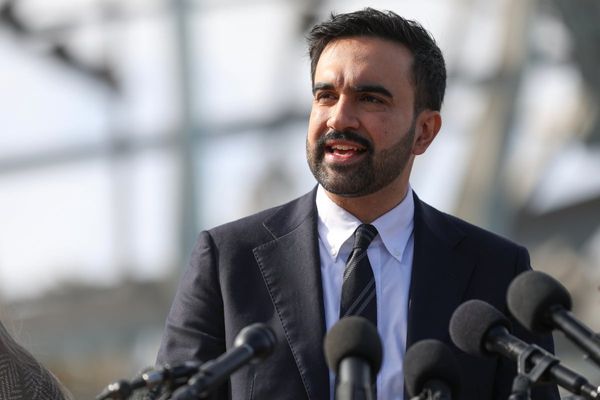Half of all British adult women have delayed having a child or decided against it altogether, according to new Ipsos research – the latest indication that we are facing a full-blown population crisis.
Last year’s total fertility rate of 1.41 was the lowest since comparable data was first collected in 1938, and it is forecast to fall to 1.3 by 2100. The replacement rate at which women give birth to enough babies to sustain population levels is 2.1. With an ageing population to support, this is a growing economic problem which will have a significant impact on healthcare and public services in the decades to come.
The falling birthrate is already having a social impact, with a shift away from children growing up with relatives their own age, compared to previous generations when most close relationships would be made up of extended family members.
So why exactly are fewer people choosing to have children? The Ipsos research found that the cost of raising children was cited by 39% of respondents. Some 36% expressed concerns about the cost of living. Another reason was the cost of childcare. Three of the top four reasons for not having children were related to money.
Whilst attitudes to childbearing have changed and women are choosing to have babies later in life, the financial deterrents are obvious. In the UK, the cost of raising a child to age 18 is now £260,000 for a couple and £290,000 for a lone parent. The UK is the fourth most expensive country in the world for childcare, with costs accounting for 19% of income.
I contributed to a recent international Economist Impact report analysing the problem of falling birthrates, which is a global concern. Birth rates have been declining in Europe for more than 50 years and have halved since 1960. We conducted an evidence-based review of global papers analysing the impact of policies that most effectively address the issue.
Increasing the availability of childcare has the most significant impact on improving the fertility rate
Our conclusion was that that family-friendly policies, which promote gender parity, are the most effective solution. Increasing the availability of childcare has the most significant impact on improving the fertility rate, societal and individual wellbeing and return on investment, followed by longer and higher-paid maternity leave.
Policymakers in the UK need to respond to our findings. Statutory maternity pay covers up to 39 weeks; statutory paternity leave offers only two weeks paid leave – the least generous in Europe. Only 1% of eligible mothers and 5% of eligible fathers or partners have taken up shared parental leave, largely due to financial reasons.
In Spain, a lump-sum maternity allowance benefit led to a 3.5% increase in births – when the benefit was scrapped, they fell by 5.7%. In Austria, increasing parental leave from one to two years increased fertility by 3.5% with more mothers choosing to have a second child.
Employers also have a role to play, but only 11% currently offer childcare benefits. It requires a joined-up approach with government. Flexible working arrangements and job protection encourage people to start families, but there needs to be a level playing field. Incentives for employers who support pregnant women and new mothers, along with penalties for discrimination, will create a more family-friendly work environment.
With the government’s finances under increasing strain, this might seem unrealistic, but the long-term economic benefits far outweigh the short-term costs. Research has shown that the lifetime economic value of an infant born in the UK is nearly £700,000.
There are many different reasons for the population crisis and some of them, including increasing rates of male infertility, are beyond the control of governments. However, failing to address the causes of population decline is a political decision.
I call this “political infertility”, a consequence of policy decisions that prevent fair and equal access to assisted reproduction services or which create socio-economic conditions that deter couples from starting a family. Ending the IVF postcode lottery should be a priority.
One in seven UK couples have difficulty conceiving, but just three out of 42 Integrated Care Boards (ICBs) provide the full three IVF cycles for women under 40 as recommended by NICE. We need to make IVF accessible and affordable to all, including same-sex couples. Currently, more than half of ICBs require same-sex couples to self-fund between 6 –12 cycles of artificial insemination before being eligible for IVF.
Tackling the birthrate crisis is not a quick fix. We need to combine short-term wins with long-term policies which may take decades to have an effect. But doing nothing is not an option – reversing our declining birthrate is an economic imperative.
Professor Geeta Nargund is a Senior NHS Consultant and founder of Create Health Foundation







